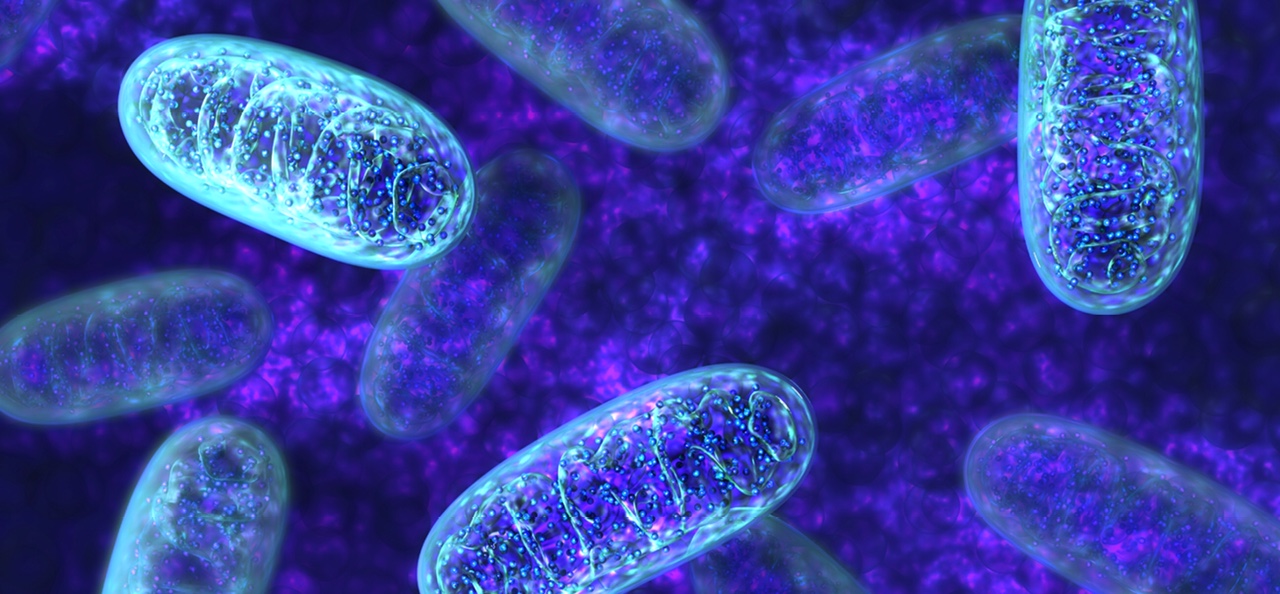Dame Carol Robinson, DBE, FRS, FMedSci Doctor Lee’s Professor of Chemistry, University of Oxford 2017 Dr. Paul Janssen Award Selection Committee Member 23 June 2017
The mitochondrion is often described as the powerhouse of the cell, controlling cellular respiration and producing ATP. While the origins of this vital machinery are not fully understood, we now know one thing for sure - that our mitochondrial DNA comes from our mother. Douglas Wallace first demonstrated this inheritance by experiments on human mitochondrial DNA, extracted from blood platelets, donated by independent families. Using restriction enzymes, he showed that in each family the progeny had the maternal cleavage pattern. He concluded: ‘Only a maternal mode of inheritance is in complete agreement with the data’.1
Long before I knew who was responsible for this discovery, I was struck by its significance. Primarily, as it is counter-intuitive – all DNA had previously been considered to come from both parents. It must have taken great courage to propose.
How does this arise and why is this inheritance line so special? Unlike all other genetic material that is passed along with chromosomes in our cells, mitochondrial DNA comes from the mother’s egg. Roughly 200,000 mitochondria are present in the egg while sperm have far fewer – those that enter the egg are destroyed rapidly. As a consequence, our mitochondria, and their DNA (mtDNA), are inherited exclusively from our mothers
Wallace did not simply sit back and contemplate his discovery. Instead, he realised its implication for the construction of phylogenetic trees. His reasoning was straightforward: chance mutations accumulate in a piece of DNA at a roughly constant rate and within each generation a new mutation will occur. The DNA of two distinct lines will, therefore, show a number of changes proportional to the time that they shared a common ancestor. By sequencing mtDNA of populations around the world, it is possible to determine the relative amount of time that it has been since each of them shared a common mother. Reconstructing the maternal ancestry revealed that humans arose in Africa approximately 200,000 years ago.
The significance of his discovery goes beyond informing our ancestral heritage. Understanding mitochondrial disease with its frequently observed traits such as muscle weakness, diabetes, hearing loss and impaired vision, has profound implications for the many sufferers. While mitochondrial transfer treatments are still in their infancy, developments in gene editing and epigenetics increase the chances of finding alternative cures.
The winner of this year’s Dr. Paul Janssen Award lives up to the high standards of innovation and ingenuity embodied by all previous recipients. Moreover, Douglas Wallace will inspire the next generation of scientists to embrace the unexpected. When results are surprising, or appear at first to be wrong, dramatic new insight can be gained, as ably demonstrated by this year’s awardee.
Reference 1. Proc. Natl. Acad. Sci. USA 77, 6715-6719, 1980.

